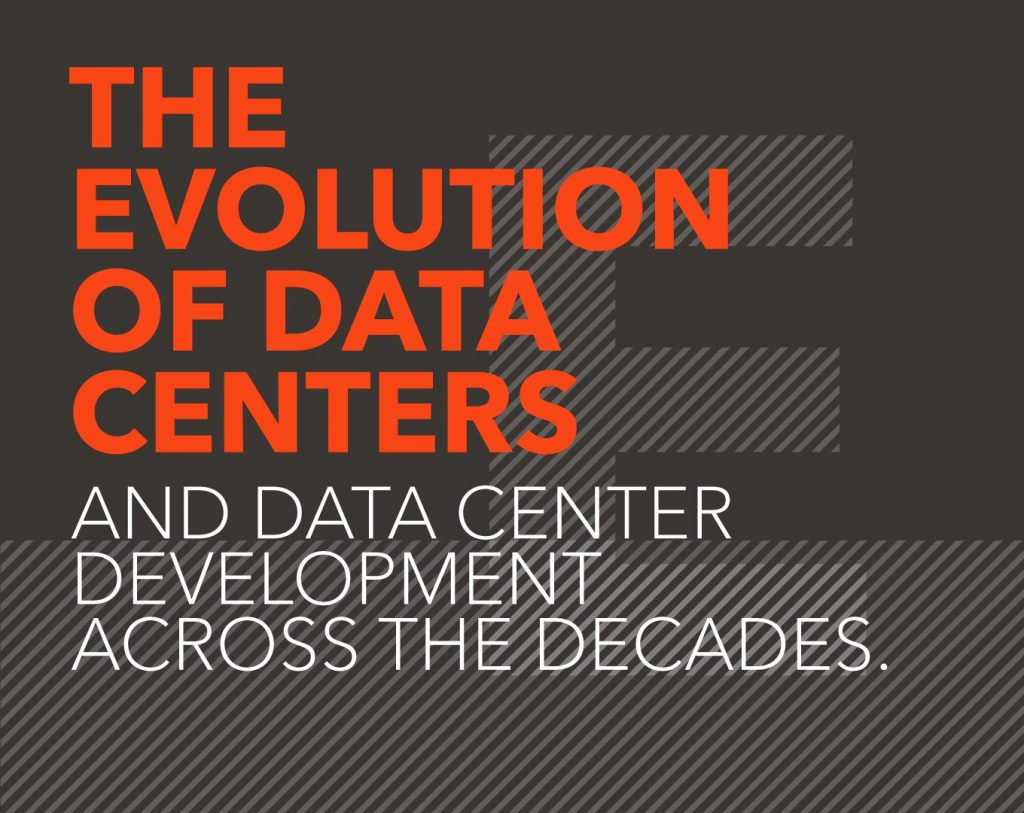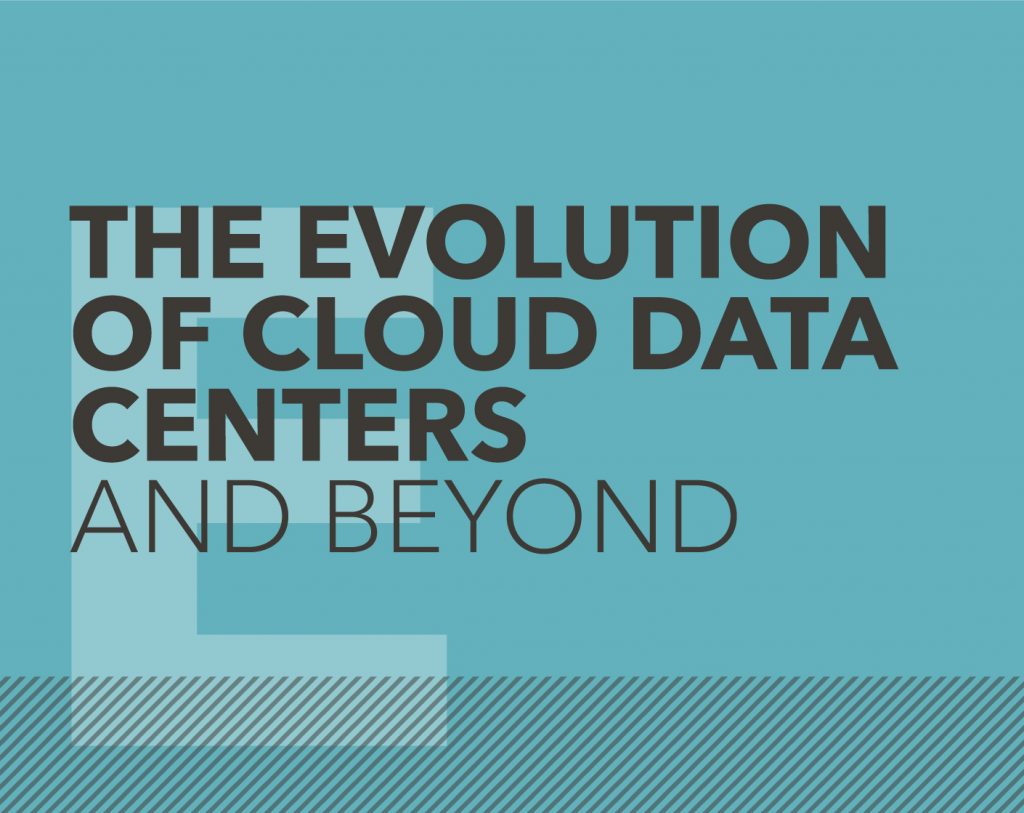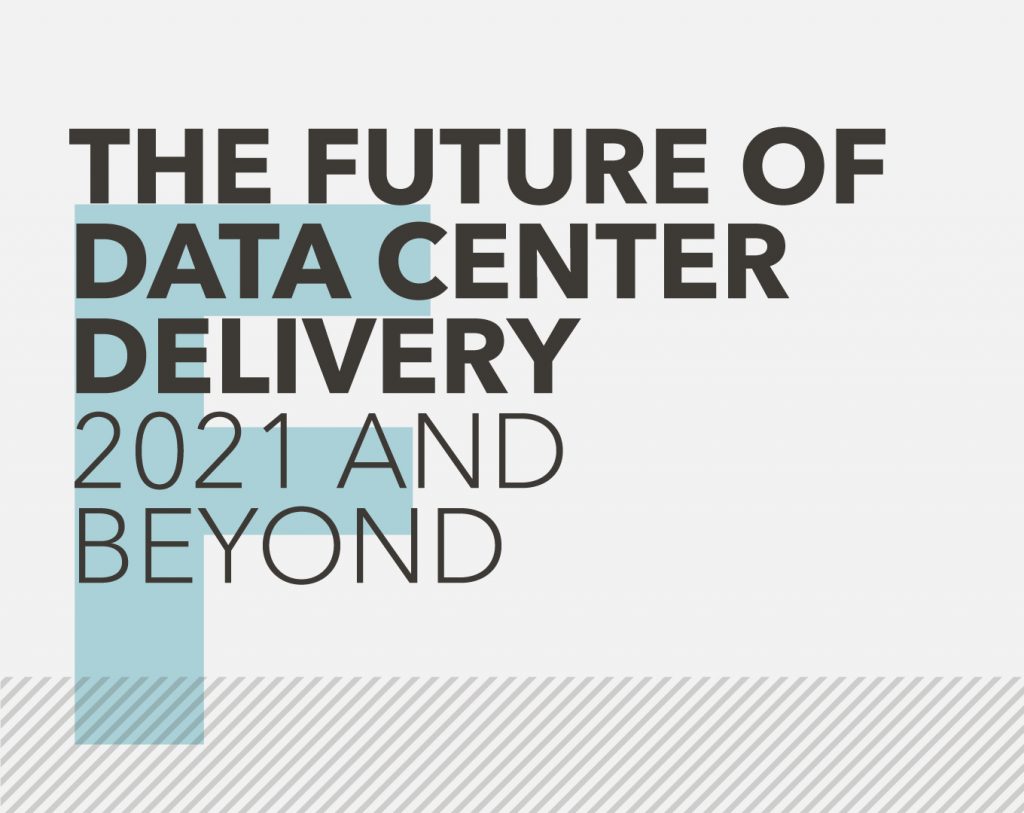Edge computing is not as simple as it seems. Here’s why…
By Rajiv Shah, Regional Head of Client Solutions Engineering, Yondr
A confluence of advanced technologies means demand for greater compute power close to end-users is exploding, but to play in the edge space business leaders require specialist data center partners.
What exactly does edge computing mean to you and, more importantly, your business?
Admittedly, it’s challenging to define the edge accurately and succinctly in early 2022. This difficulty stems from a vast – and growing – array of use cases. Among numerous examples, the edge can power slick online shopping journeys, keep self-driving cars on the road, and provide fast streaming for Netflix addicts or gamers.
To further complicate matters, the edge can be enabled by anything from a mobile phone to a small data center that allows a telco provider to process data and transport it to an end-user. Meanwhile, a bigger data center can extend the reach of a fast-growing organisation seeking to operate in new geographies.
Agreeing on a precise meaning of edge computing is complicated because it’s a lot of different things for many different people. However, the common theme is storing data and computing power near to end-users to ensure a smooth, seamless experience, thanks to optimal bandwidth and low latency.
Whatever your definition of the edge today, it’s likely you will want to take advantage of its capabilities to thrive in the data-fuelled world of tomorrow, whether in charge of a multinational market-leading business or a small local company.
At Yondr, we value simplicity. And one of the goals we have this year is to help more business leaders understand and determine what the edge is – and isn’t – for their company. As the demand for greater compute capacity closer to the end-user has exploded, we can add value by guiding our clients into what we call “exotic” – or new – locations with our data centers. This is how the industry can shape the future of edge computing.
Demand for greater agility
In recent years, the data center community has evolved to cater to the ever-increasing list of edge use cases. The events of the last two years have necessitated the shifting of gears for businesses on their digital transformation journeys.
The tremendous speed of change and the move to embrace data and digital technologies has opened minds about new business models and expansion into new physical and virtual territories. While edge computing, which has been around since the 1990s, is relatively mature, the advent of Web 3.0 – the third iteration of the World Wide Web, founded on concepts such as blockchain, decentralisation and token-based economics – requires organisations to re-think traditional ways of serving customers. Consider the recent explosion of interest in non-fungible tokens (NFTs), plus crypto-based start-ups and investments driving retail investors from the traditional asset classes.
The direction of travel is clear, and edge has an important role to play. In addition, the protracted mass roll-out of 5G will further broaden horizons, literally and figuratively, for those progressive business leaders who realise the potential of edge computing.
If you know where to look, you’ll see many glimpses of the edge’s colossal potential. For instance, a supermarket or retailer might want compute power closer to their physical stores to target advertising to customers better when they walk through the doors. And with virtual reality capabilities coming to the forefront of business leaders’ minds – regardless of whether or not they intend to enter the so-called metaverse – organisations are likely to want the same computational power and data storage whether in a large, well-serviced region or newer geography.
Ultimately, businesses want greater agility to thrive in the digital age. That means quicker access to and control of data. The shift, some years ago, from distributed data centers to centralised data centers, which offer economies of scale, is beginning to reverse. Those wishing to play in the edge space in the next decade must collaborate with specialist partners.
Enabling operational independence
Given the rising importance of edge, there’s no surprise the data center market has many new entrants. As a result, business leaders might be overwhelmed by choice. Yondr’s motto is “tomorrow without constraints”, and our mission is to solve some of the most complex challenges facing organisations seeking to scale at speed and boost their agility.
We strive to enable “operational independence” for our customers, meaning providing them with their own electrical, mechanical and cooling equipment. This untethered freedom allows them to operate knowing they will be unaffected by issues that might impact other customers in the data centers.
Yondr takes the same approach and applies similar know-how and deep industry experience to our edge capabilities, because we know that many of our born-in-the-cloud customers are now looking to scale up from their traditional retail colocation data center presence to achieve operational independence and take advantage. They understand that a lack of edge compute is likely to restrict their ability to move quickly, innovate, and connect new products and services with a broader customer base.
In addition, because Yondr has the capability to deploy a data center and manage users in challenging regions, we are collaborating with broadband fibre providers and wireless carriers to extend their networks within a country. Finally, we realise the need for greater sustainability within data centers, and our energy strategy team looks at all builds with this in mind. Moreover, Yondr’s suite of products can help organisations achieve other ESG goals by, for example, providing communities in challenging geographies with vital services, such as heat, power, and internet access, as well as jobs.
In 2022, edge computing can mean many things and offers a range of benefits. Its importance will only grow, with organisations wanting to improve agility and move quickly to serve end-users better. Yondr is here today to create your “tomorrow without constraints”.



